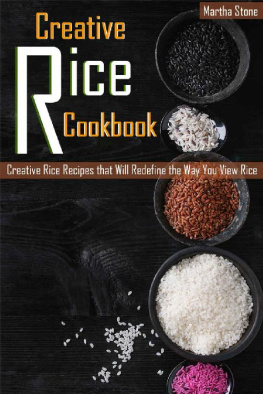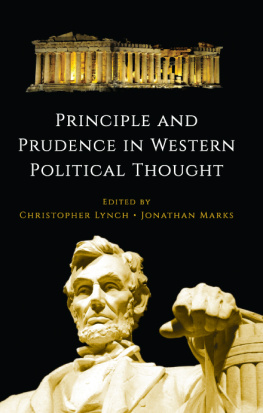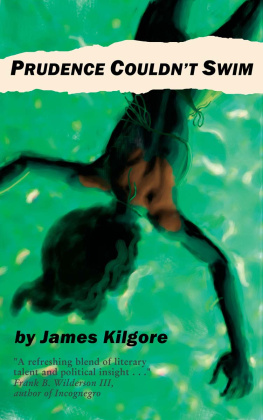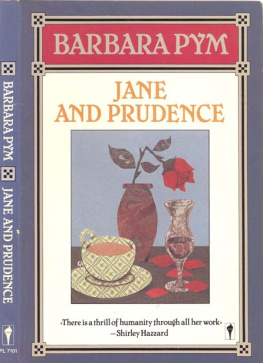Anthropomorphizing the Cosmos
Middle Preclassic Lowland Maya Figurines, Ritual, and Time
Prudence M. Rice
U NIVERSITY P RESS OF C OLORADO
Louisville
2019 by University Press of Colorado
Published by University Press of Colorado
245 Century Circle, Suite 202
Louisville, Colorado 80027
All rights reserved

The University Press of Colorado is a proud member of the Association of University Presses.
The University Press of Colorado is a cooperative publishing enterprise supported, in part, by Adams State University, Colorado State University, Fort Lewis College, Metropolitan State University of Denver, University of Colorado, University of Northern Colorado, Utah State University, and Western State Colorado University.
ISBN: 978-1-60732-888-9 (cloth)
ISBN: 978-1-60732-889-6 (ebook)
DOI: https://doi.org/10.5876/9781607328896
Library of Congress Cataloging-in-Publication Data
Names: Rice, Prudence M., author.
Title: Anthropomorphizing the cosmos : Middle Preclassic lowland Maya figurines, ritual, and time / Prudence M. Rice.
Description: Louisville : University Press of Colorado, [2018] | Includes bibliographical references and index.
Identifiers: LCCN 2019000654 | ISBN 9781607328889 (cloth) | ISBN 9781607328896 (ebook)
Subjects: LCSH: Maya sculpture
GuatemalaPetn (Department) | MayasGuatemalaPetn (Department)Antiquities. | Excavations (Archaeology)GuatemalaPetn (Department) | FigurinesGuatemalaPetn (Department) | Rites and ceremoniesGuatemalaPetn (Department)HistoryTo 1500. | Nixtun-Chich Site (Guatemala) | Petn (Guatemala : Department)Antiquities.
Classification: LCC F1435.3.S34 R54 2018 | DDC 972.81/2dc23
LC record available at https://lccn.loc.gov/2019000654
Cover illustration by Don Rice
To Don,
for making everything better
Contents
The Mesoamerican culture area
The Gulf coast lowlands (Olman)
Olmec colossal heads
Las Limas Monument 1 (Seor de Las Limas)
The southern Maya lowlands
The site of Ixl
The site of Nixtun-Chich
Figurine torsos
Figurine torsos
Figurine legs and lower torsos
Figurine arms, hands, and feet
Seated and standing figurines
Human crania, unmodified and modified
Heads of Olmec and other figures, showing modifications
Profiled human face showing bimaxillary protrusion
Details of forming figurine heads
Facial features, hair/headgear, and profiles of figurine heads
Facial features, hair/headgear, and profiles of figurine heads
Other lowland Maya figurine heads
Facial features, hair/headgear, and profiles of figurine heads
Profile heads of God N, showing aged male facial characteristics
Middle Formative headdresses and headbands
The Tikal Emblem Glyph
The Maya Jester God
Hypothetical Olmec day signs and cylinder seal
Signs in possible early Olmec-related scripts
Putative Mesoamerican abacus-like counting devices
Head-variant glyphs for the personified numbers 0 through 13
The Terminal Preclassic incised jade ear ornament from Pomona, southern Belize
Anthropomorphic and zoomorphic whistles/ocarinas and adornos
Anthropomorphic and zoomorphic whistles/ocarinas and adornos
Scatterplot showing geochemical groupings of ninety-three figurine samples
Dendrogram showing stepwise clustering of ninety-three figurine samples
General chronology of the southern Maya lowlands and Petn lakes
)
Counts of anthropomorphic figurines and fragments by paste color at Nixtun-Chich and Ixl
Counts of hollow anthropomorphic figurine body parts by paste color at Nixtun-Chich and Ixl
Measurements (in mm) of Preclassic figurine torsos from Nixtun-Chich and Ixl
Measurements (in mm) of Preclassic figurine torsos from Nixtun-Chich and Ixl by paste color
Measurements (in mm) of probable female and male Middle Preclassic figurine torsos from Nixtun-Chich and Ixl
Types of infant head modification
Dimensions (in mm) of figurine heads (including headgear) from Nixtun-Chich and Ixl by paste color
Dimensions (in mm) of figurine faces from Nixtun-Chich and Ixl by paste color
Comparison of dimensions (in mm) of Preclassic figurine heads from Nixtun-Chich, Cahal Pech, San Lorenzo, and Cantn Corralito
Characteristics of the heads of central Petn figurines by paste color
Figurine heads (by ID #s) having characteristics of age seen in Classic iconography
Day names and senses (meanings) in five Mesoamerican calendars
Interpretations of head components of Glyph C of the Lunar Series
Maya numbers, associated days and months, and Lunar Glyph C
Shared patronage domains of Maya numbers
Time-related signs in head-variant number glyphs
Palenque Triad founders and Maya number patrons
Characteristics of the head glyphs of numbers and day names in the Maya almanac
Musical instruments, zoomorphic figurines, and adornos by paste/slip color
Clay paste colors of identifiable figurine fragments sampled for INAA and in total population
Identifiable figurine body parts sampled for INAA and in total population
Site locations of identifiable figurine fragments sampled for INAA and in total population
Recovery locations of ninety-two figurines by INAA geochemical group
All figurines (including semi-whole, miniature, body parts), cylinders, and musical instruments by recovery location (Nixtun-Chich sectors plus Ixl) and paste/surface color (white/cream and other)
Counts and percentages of paste/surface-color categories of identifiable anthropomorphic figurine body part fragments by context at Nixtun-Chich (N-C) and Ixl
Counts (percentages) of figurine body part fragments in different areas of Nixtun-Chich and at Ixl (excluding four semi-whole figurines and two miniatures)
Identified and tentatively identified sides of identifiable figurine body part fragments at Nixtun-Chich and Ixl
Sides of identifiable figurine body part fragments by location at Nixtun-Chich
I still remember the first time I came across a Middle Preclassic (ca. 800400 BC ) lowland Maya anthropomorphic fired-clay figurine. It was a fragment, a flat torsohead, legs, and arms missingfrom Ixl. It was so oddly shaped, compared to the rest of the potsherds in the bag, that I first thought it was some kind of handle for a dish. It certainly didnt seem like an intriguing class of artifact I would one day study and write about at length.
For decades, our work in the lakes area of central Petn, northern Guatemala, was focused on the Postclassic and Contact periods (ca. AD 10001700), largely because the lakes region was a focus of poorly understood Postclassic settlement. Our excavations primarily involved clearing the upper levels of humus and constructional collapse around structures to expose their latest occupational surfaces, along with conducting test soundings to assess chronological histories. Some of those test units, taken to bedrock, penetrated Middle Preclassic platform construction and refuse. Thus it became apparent that the islands, peninsulas, and shorelines of the lakes were as attractive to early settlers in the Middle Preclassic as they were to Terminal Classic and Postclassic residents 1,5002,000 years later.


 The University Press of Colorado is a proud member of the Association of University Presses.
The University Press of Colorado is a proud member of the Association of University Presses.







